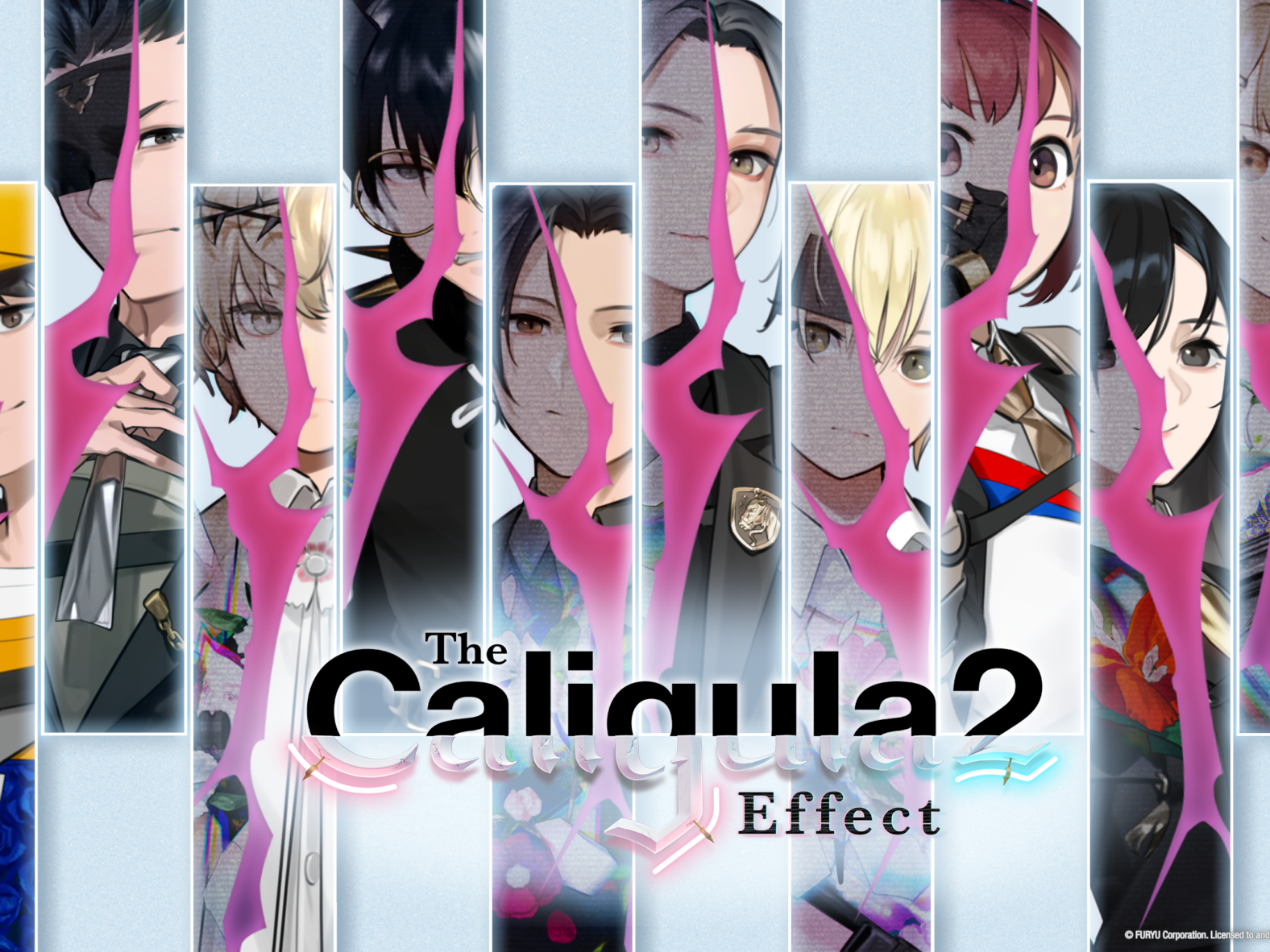The Caligula Effect 2 is a turn-based JRPG that tells the story of a group of people that have been trapped in an illusionary world after listening to the music of a virtual idol named Regret. In this world called Redo, everyone has forgotten their original selves and live blissfully unaware of their mistakes and grievances from the real world.
While this is the second game in the series, it’s not crucial to have played the first, as the premise is basically that Regret is trying to copycat the events that transpired in the original Caligula Effect game. The first game also has an anime adaption, for those wishing to consume more from this franchise.
As your character meets a virtual idol named X (as in the Greek letter, which pronounces more like “ki”), yourself and others will begin to break free of the utopian dreamland’s spell. While everyone has ended up here because of a desire to escape their life, they know it is not right to run from your fears forever and together set out to find a way back home to reality.
You can choose to play the protagonist as either Male or Female and give them any name you like, which are both features I always appreciate. There is quite a lengthy opening to the game, setting up the story and characters before you will even face your first battle. The dungeons can be quite long, so it’s good to have a lot of story events along the way to balance it out and pique your curiosity.
While at a glance, this game may have a look and feel of the Persona series, the mechanics of The Caligula Effect 2 are what really set it apart. The battle system is quite interesting and allows you to preview how the battle will play out before confirming your commands, if things don’t look so good you can back up and pick another ability or reposition your character on the battlefield. You can also delay when the attack will be executed on a series of bars to coordinate attacks with the other characters in your party.
If you want to lazily slog your way through the encounters, there’s a setting for other characters to automatically attack. However, on more difficult enemies you will want to manually control them to use certain counters. It is also possible to change the difficulty of the game if you are finding things too easy or too hard. For the most part, I’ve been playing on Normal, but Easy will allow you to plow through battles much faster if you’d much rather hurry your way to the next cutscene.
While I do enjoy the colourful world, visually the dungeons do get a bit tedious when you are traversing them for a few hours, as you start to notice the repeating assets and textures. The character designs in contrast to the vibrant backgrounds are a little more subdued with most of them wearing a black school uniform. I really enjoy the 2D anime style art that accompanies the dialogue boxes, as they will change expressions to suit the tone of the conversation. Although personally, I’d prefer the characters to have more variation in their hairstyles, plus more use of pronounced colours in their clothing, so that they are easier to tell apart in the menus and during gameplay. The use of graphic design throughout the menus and HUD is really nice and I particularly like the text animation that sweeps across the floor when a battle begins.
Throughout the game there are many music references, and The Caligula Effect 2 definitely has a really great soundtrack. Fans of Vocaloid may recognize composers and producers Ayase, cosMo@Bousou-P, Kairiki Bear, kemu, Neru, and Nulut who have worked on the music in this game. While the music of Regret plays constantly in this world to keep its inhabitants enthralled, the vocal track only kicks in while you are fighting and then fades back to instrumental while you explore. I found that this was a really nice touch to make the battles feel more epic. X also has music power-ups that will buff your party. With different songs to unlock, you will gain different buffs.
Aside from the main story quest, there is also a plethora of side quests that you can pick up from NPCs that will reward you with stat increases and items. It’s pretty hard to keep track of where they all want you to go, as there’s unfortunately no way to set a quest to focus. But there are easy indicators over the NPCs heads to let you know when a quest is ready to be completed.
Overall, the story The Caligula Effect 2 is your standard ‘isekai’, where characters are trapped in another world. Each character has their own detailed personal story to tell, which is where it really gets interesting. Music fans will love the soundtrack full of catchy J-Pop tunes, which only help make the game exciting to play. With a unique battle system and range of difficulty settings, it has something to offer for new and old-school fans of the JRPG genre. I’ve enjoyed my time with The Caligula Effect 2 and thoroughly look forward to playing some more.
The Caligula Effect 2 is available to play now on PlayStation 4 and Nintendo Switch.
A copy of the game was provided on PlayStation 4 for the purpose of this review.

One thought on “The Caligula Effect 2 (PlayStation 4) – Gaming Review”